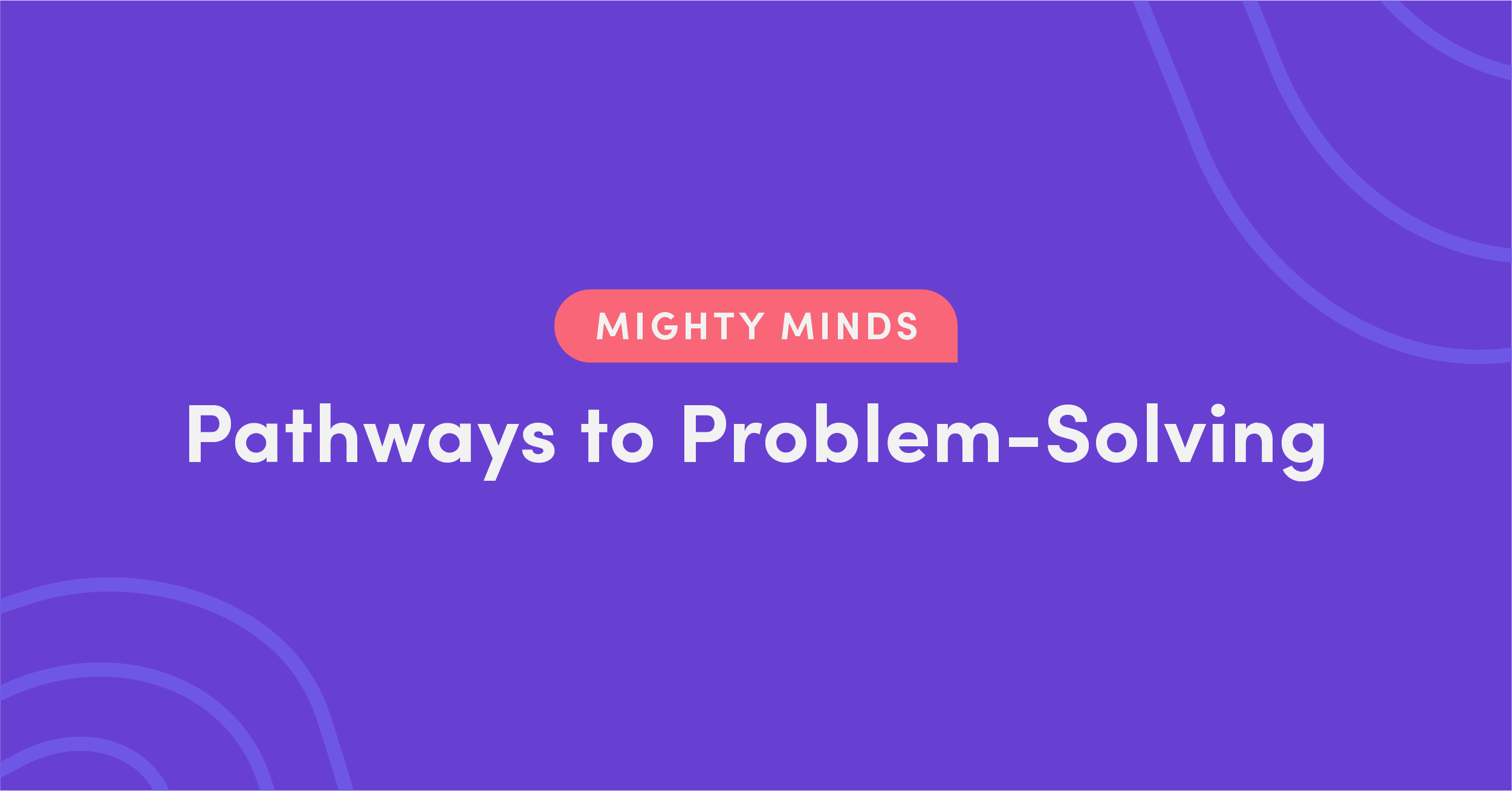
Pathways to Problem-Solving
A number of factors are significant when students are confronted with a situation that involves some higher order thinking or processing. These include:
- Confidence. Sometimes a student’s confidence is lowered when they are confronted with problems involving numeracy, and they may not even attempt the question.
- The amount of information provided and the perceived complexity of the stimulus material. Generally speaking, the more information provided and the longer the question, the lower the success rate.
- The quantity and quality of previous experience in dealing with a similar situation. The old saying “practice makes perfect” is accurate. Familiarity with material usually leads to an improved performance.

When students are shown specific problem-solving strategies, however, there is a substantial improvement in their overall success rate. That is why we have devoted this chapter to such strategies.
We believe that by mastering these skills, you will grow in confidence and be both better equipped and more willing to attempt problems that you once would not have started. We also feel that, through the application of these strategies, you will experience much more success, because you will have a systematic approach that has been proven to solve the various types of problems.
Although the following section focuses on developing your problem-solving abilities, often, when giving a response to an assigned task, you will be required to use the basic literacy, visual literacy and numeracy skills that were revised previously. It is important that you have revised these sections, as these skills are critical to all problem-solving.
Consider the following diagram, which shows various phases at which one can attempt to solve problems. The different phases and what they require is also shown below. It shows clearly that as you move from Phase 1 to Phase 5 (that is, use more constructive problem-solving techniques), you have a greater capacity to achieve success and a greater confidence to attempt more complex problems. Look carefully at the type of approaches that an effective problem-solver will employ in comparison to a lower phase problem solver who sticks to more limited methods. Now, see if you can model your attempts on these approaches.
Phase 1 – No working, just an answer in the space provided.
Phase 2 – Some underlining of the key words with an answer in the space provided.
Phase 3 – Underlining of key words/phrases plus clarifying notes, then a detailed answer which includes key words/ideas from the question.
Phase 4 – Underlining of key words, clarifying notes, plus a clear number of the things required to be completed/considered in the response, then a comprehensive answer that includes key words/ideas from the question.
Phase 5 – Underlining of key words, clarifying notes, a clear number of the things required to be completed/considered in the response, plus the selection of a very good method of response (based upon previous experience – may include Venn diagrams and so on), then a comprehensive answer that includes key words/ideas from the question. Plus check that the number of things in your answer matches or exceeds the number of things you planned to achieve.


Following are some ideas to help you move from the lower phases of problem-solving to being much more effective and confident when faced with more in-depth problems.
Our advice for reading a problem:
- Have a pen in your hand.
- Read the questions first.
- Underline the key words or facts from the question.
- Put the task into your own words – either mentally or physically on the paper (abbreviate because the notes are only for you).
- Determine the number of things you have to do – write this number beside the question to give yourself a point of focus.
- Determine the best method of answering the question – this will become easier with experience.
- Check your response has matched or exceeded the number of things you planned to achieve.
Our advice for answering a problem:
- Include key words or facts from the question in your response – this will mean you are at least addressing some aspect of the question.
- Provide clear, concise statements.
- Include explicit evidence (via references, quotes and so on.) to support your statements.
- Ensure that you justify each of your statements. If it is a numeracy problem, this should include words in the response.
